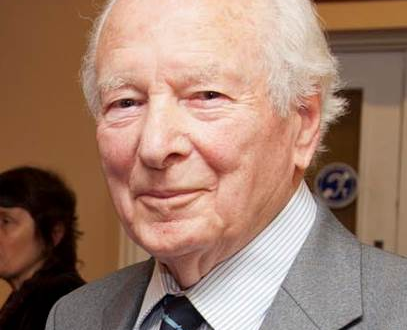NEWSLETTER 15 – 2008
By Bob Barckley

On the 2nd June 1943 I was asleep in my room in the Officers Mess at RAF West Malling in Kent. At 0600hrs I was awoken by a shotgun like blast followed by a cacophony of crows, and then the rumbling roar of a Napier Sabre engine starting up. I jumped out of bed and ran to the window; it was of course broad daylight by now and low cloud was scudding across the airfield accompanied by a slight drizzle. I went to my roommate’s bed and shook him awake. ‘Come on Ricky,’ I said, ‘it looks like perfect weather’. I was addressing P.O. ‘Ricky’ Purdon RCAF from British Columbia who was 19 years of age but had the appearance of being 16. My reference to the weather related to the fact that I had requested permission to fly a ‘Rhubarb’ mission for that day, and such operations were only flown by a section of two aircraft, in what would be judged as poor weather conditions, with the cloud base no higher than around the 1000ft mark. Having the CO’s agreement, our request had been passed to HQ11 Group for their assessment, related to other operations planned for that day. Following a quick breakfast we hurried to the Intelligence Office to see what news had been conveyed from Group HQ. We were delighted that our ‘Rhubarb’ had been authorised and specified timings and areas given. Ricky and I then planned our route, procedures and likely targets, and were briefed by the Met Officer who forecast a likely improvement in the weather later in the day.
We took off from West Malling in formation, with Ricky tucked in nice and close on my starboard wing. We crossed the English coast at Dungeness and I set course for the French coast at a point between Cap Gris Nez and Wimeraux, at altitude just above the waves. Two miles from the coast we turned on to the due east heading and pulled up into the clouds, with myself flying at 2000ft and Ricky at 2500ft to avoid collision in the poor visibility. After three minutes I let down through the cloud and saw Ricky a few hundred yards to my starboard. I had experienced a few ‘bumps’ whilst in the cloud but did not know whether it was AA fire or just bumpy weather. We proceeded on a course just north of easterly to avoid St Omer, to reach our authorised area of operation which was the French / Belgium border; en route I saw a number of ‘juicy’ targets, but they were out of bounds. Shortly after crossing the Belgium border I spotted a train on the railway line between Poperinge and Ypres – it was a legitimate target. I told Ricky to stay away whilst I ‘buzzed’ the locomotive twice in opposite directions and had seen the driver and his fireman depart hastily; then with a short burst of canon fire, I blew up the locomotive. We continued in the direction of Ypres, then turned north aiming for Dixmunde. Shortly afterwards, near Elverdinge, I was lucky enough to come across three German Army vehicles proceeding in close convoy; without altering course I was able to fire at them registering several strikes – I did not change course. A little later we were travelling beside a substantial canal, which joined with the Yser River when I spotted a number of large barges proceeding northwards. I instructed Ricky to attack them while I kept watch. He made a very good job of this and considerable damage to the targets was noted.

